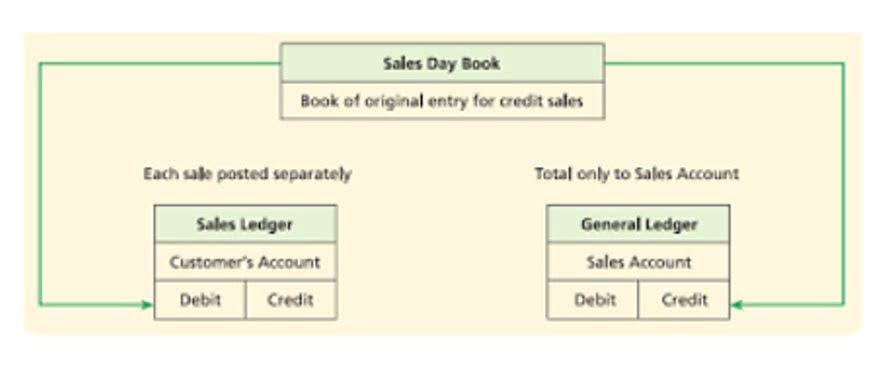
This is because the contribution margin ratio indicates the extent to which your business can cover its fixed costs. The contribution margin ratio of a business is the total revenue of the business minus the variable costs, cm ratio formula divided by the revenue. In order to perform this analysis, calculate the contribution margin per unit, then divide the fixed costs by this number and you will know how many units you have to sell to break even.

However, these strategies could ultimately backfire and result in even lower contribution margins. Other examples include services and utilities that may come at a fixed cost and do not have an impact on the number of units produced or sold. For example, if the government offers unlimited electricity at a fixed monthly cost of $100, then manufacturing 10 units or 10,000 units will have the same fixed cost towards electricity. The difference between variable costs and fixed costs is as follows. A company has revenues of $50 million, the cost of goods sold is $20 million, marketing is $5 million, product delivery fees are $5 million, and fixed costs are $10 million.
Definition of Contribution Margin Ratio:
Variable costs rise as production increases and falls as the volume of output decreases. The first step to calculate the contribution margin is to determine the net sales of your business. Net sales refer to the total revenue your business generates as a result of selling its goods or services. This means that $15 is the remaining profit that you can use to cover the fixed cost of manufacturing umbrellas. Also, you can use the contribution per unit formula to determine the selling price of each umbrella. As mentioned earlier, the contribution margin ratio can help businesses determine the lowest possible price at which sales can be made and still break even.
- Direct Costs are the costs that can be directly identified or allocated to your products.
- Variable costs rise as production increases and falls as the volume of output decreases.
- Fixed costs are the costs that do not change with the change in the level of output.
- The contribution margin ratio of a business is the total revenue of the business minus the variable costs, divided by the revenue.
- To make free delivery viable, this would mean selling at least 20,000 bars per month.
- As a result, a high contribution margin would help you in covering the fixed costs of your business.
Furthermore, per unit variable costs remain constant for a given level of production. With a contribution margin of $200,000, the company is making enough money to cover its fixed costs of $160,000, with $40,000 left over in profit. To convert the contribution margin into the contribution margin ratio, we’ll divide the contribution margin by the sales revenue. However, this implies that a company has zero variable costs, which is not realistic for most industries. As such, companies should aim to have the highest contribution margin ratio possible, as this gives them a higher likelihood of covering its fixed costs with the money remaining to reach profitability. The difference between fixed and variable costs has to do with their correlation to the production levels of a company.
Sample Calculation of Contribution Margin
Think of the contribution margin ratio you calculate as the percentage of profit you achieved after variable expenses were paid. A subcategory of fixed costs is overhead costs that are allocated in GAAP accounting to inventory and cost of goods sold. This allocation of fixed overhead isn’t done for internal analysis of contribution margin.
- As you can see, the contribution margin per-unit remains the same.
- The contribution margin formula is calculated by subtracting total variable costs from net sales revenue.
- The following are the disadvantages of the contribution margin analysis.
- Profit margin is the amount of revenue that remains after the direct production costs are subtracted.
- Contribution margin ratio can be used to compare and choose between the different products and services a business could provide using the same resources, says Barton.
Variable costs fluctuate with the level of units produced and include expenses such as raw materials, packaging, and the labor used to produce each unit. The result of this calculation shows the part of sales revenue that is not consumed by variable costs and is available to satisfy fixed costs, also known as the contribution margin. Contribution margin is a business’s sales revenue less its variable costs. The resulting contribution dollars can be used to cover fixed costs (such as rent), and once those are covered, any excess is considered earnings. Contribution margin (presented as a % or in absolute dollars) can be presented as the total amount, amount for each product line, amount per unit, or as a ratio or percentage of net sales.
